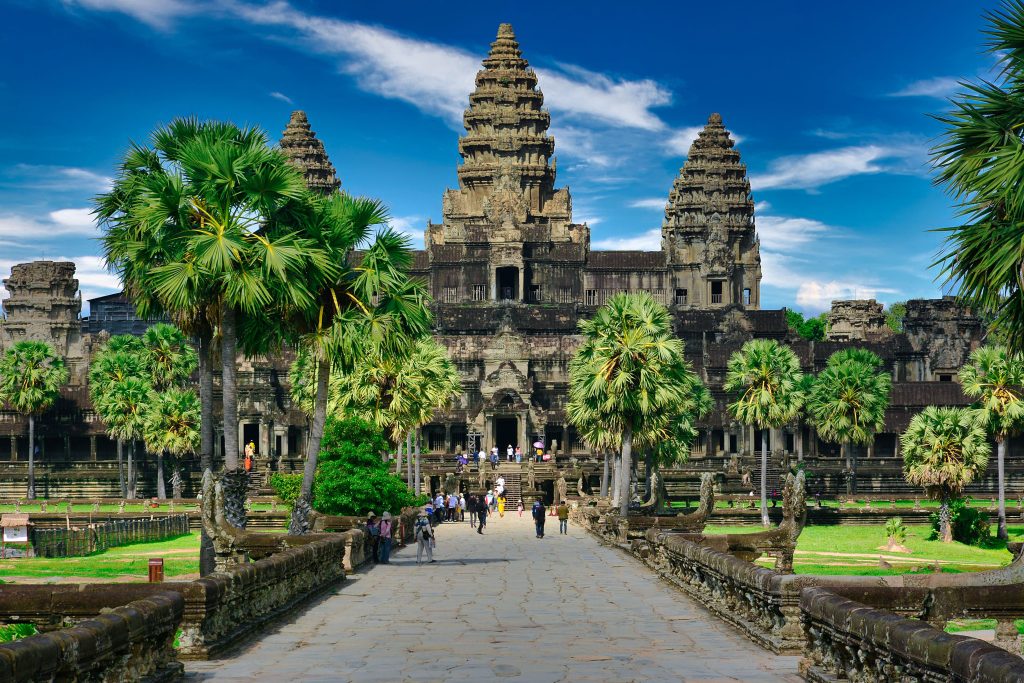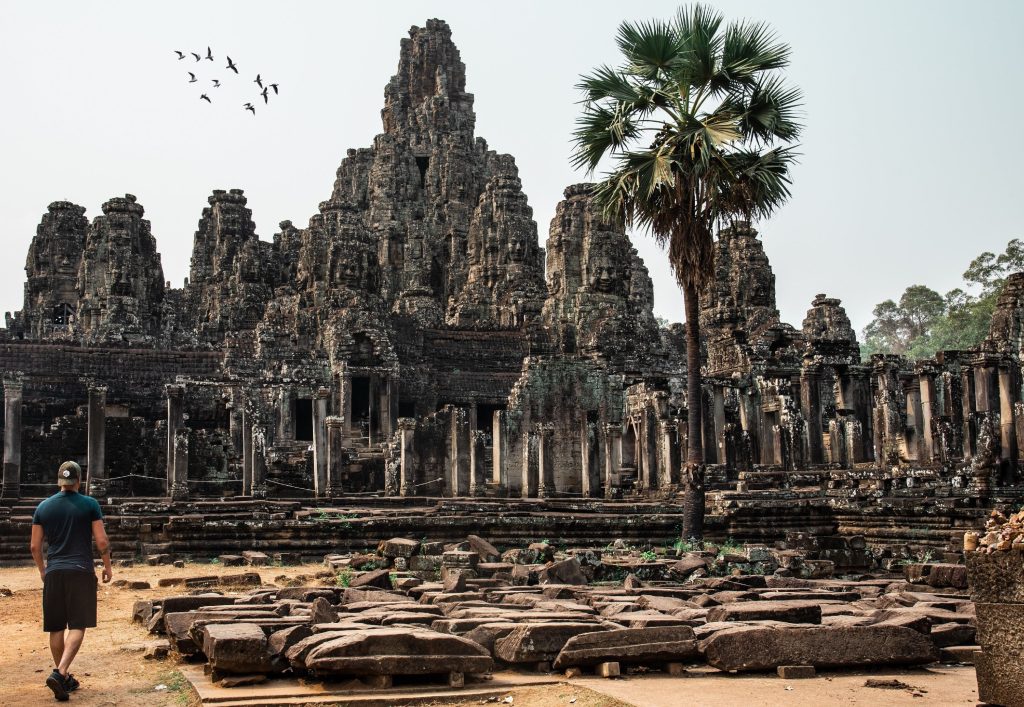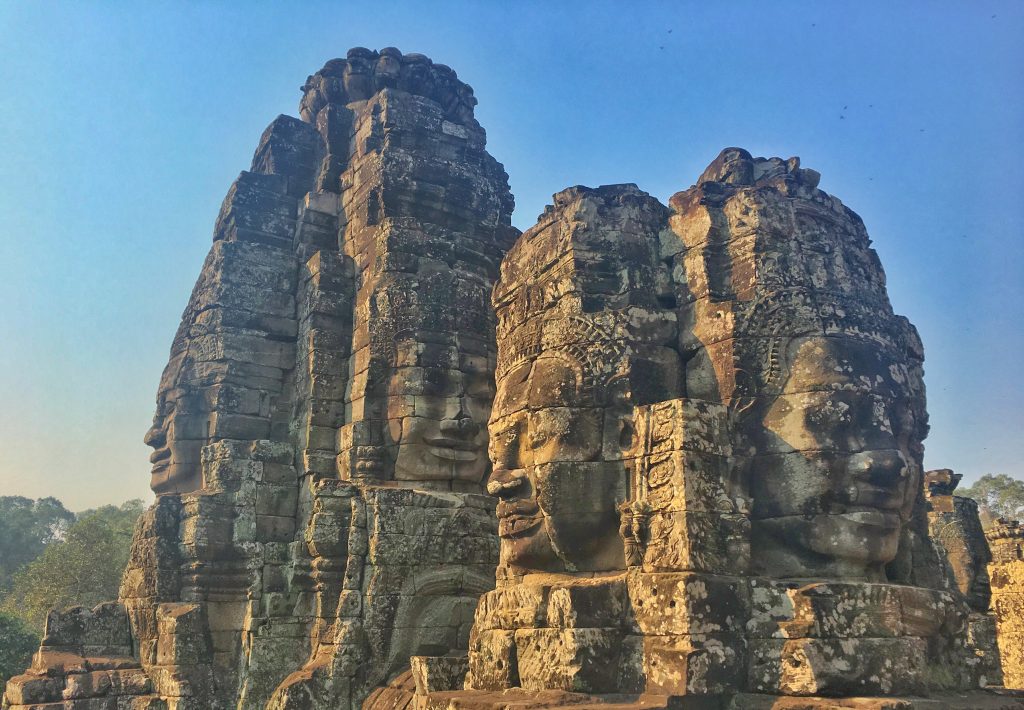Angkor Wat, the Hindu temple in Cambodia, Achieves Status as the 8th Wonder of the World, Surpasing Italy’s Pompeii

Cambodia’s Angkor Wat, declared the eighth wonder of the world, outshines Italy’s Pompeii with its architectural brilliance. Originally dedicated to Hindu’s God Vishnu by King Suryavarman II in the 12th century, later this temple was transformed into a Buddhist sanctuary. This prestigious title underlines the cultural and historical significance of Angkor Wat, cementing its status as an extraordinary wonder that stands as testament to Cambodia’s rich heritage and the enduring legacy of the ancient Khmer civilization.
Architecture Marvel

The core of Angkor Wat is celebrated for its harmonious layout and expansive moat. Its walls, resembling an ancient pictorial narrative, intricately depict scenes from Hindu tales, historical happenings, and daily life in the Khmer region. The meticulous details therein attest to the craftsmanship of the artisans involved in this monumental undertaking.
Cultural Legacy of Hinduism and Buddhism

Initially dedicated to the Hindu god Vishnu, Angkor Wat underwent a transformational transformation to become an iconic Buddhist temple. At its core, the temple displays five lotus-shaped towers, representing symmetry and reflecting the sacred mountain motif in both Hindu and Buddhist beliefs. The walls are adorned with intricate carvings that intricately narrate deep stories from the illustrious history of Hinduism and Buddhism, preserving a visual history of the spiritual and cultural evolution within this architectural masterpiece.
Angkor Wat’s Magnificent Beauty
Beyond its impressive design, Angkor Wat holds immense cultural and spiritual importance. Functioning as an active religious site. Buddhist, monks and devotees come to here to pray and meditate. The pinnacle experience unfolds during sunrise, casting a breath-taking palette of pink, orange, and gold hues upon its towers. More than a mere spectacle, Angkor Wat stands as a profound symbol of Cambodia’s diverse history, beckoning individuals to delve into its blend of Hindu and Buddhist legacies.

